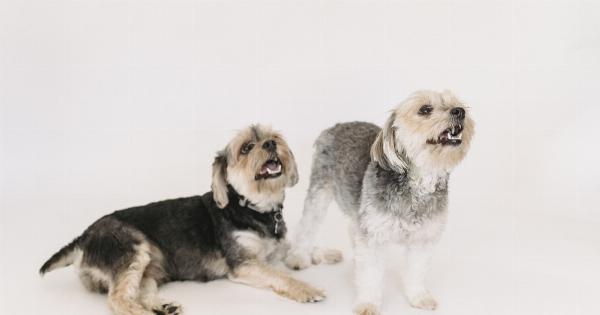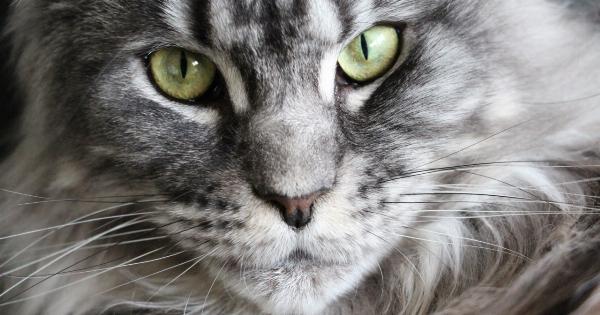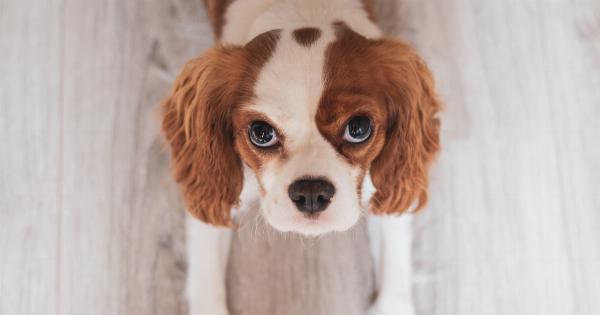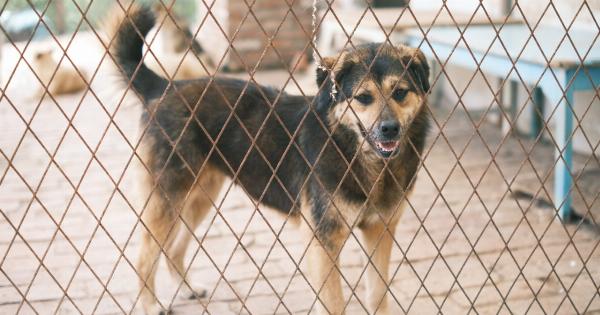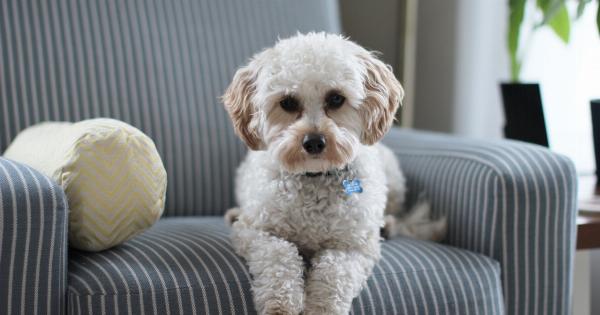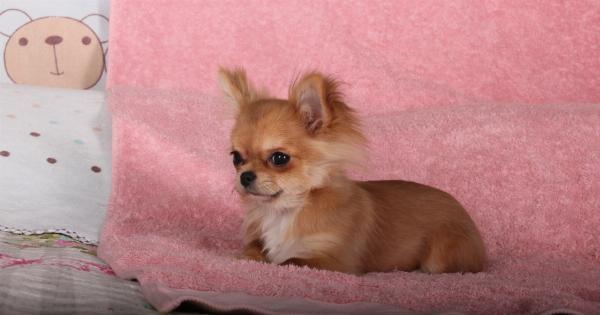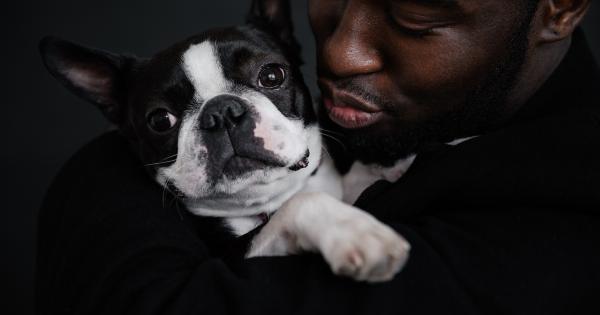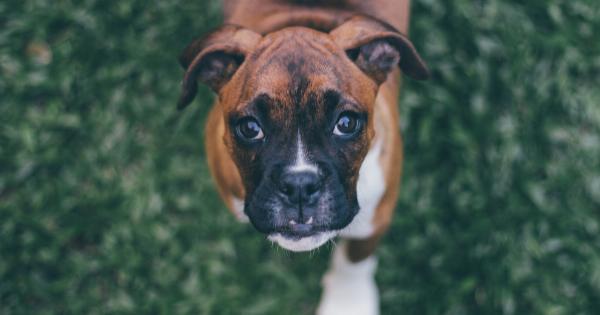The Great Dane, often referred to as the “Apollo of Dogs,” is a majestic and impressive breed that captures the hearts of dog enthusiasts worldwide.
Known for their regal appearance, graceful movement, playful nature, and confident demeanor, Great Danes are truly a sight to behold. In this article, we will delve into the fascinating characteristics, history, and temperament of this magnificent breed.
Origins and History
The Great Dane, despite its name, is believed to have originated from Germany, where it was known as the “Deutsche Dogge” or the German Mastiff.
The exact origins of the breed are somewhat murky, but it is widely believed that the Great Dane’s ancestors can be traced back to ancient civilizations such as Ancient Egypt, Greece, and Rome. These large and powerful dogs were often depicted in ancient artworks and were highly valued for their strength and imposing presence.
During the 16th century, Great Danes were popular among German nobility and were primarily used for hunting wild boars, bears, and deer. Over time, the breed underwent significant changes, both in terms of appearance and purpose.
Great Danes evolved into more elegant and refined dogs, suitable for companionship and guarding rather than hunting.
Physical Characteristics
One of the first things that captivate people about Great Danes is their sheer size and stature.
Standing at an average height of 28-32 inches (71-81 cm) at the shoulder and weighing between 110 to 175 pounds (50-79 kg), Great Danes are undeniably one of the tallest and largest dog breeds in the world. Despite their size, they exhibit an amazing level of grace and elegance in their movements.
Great Danes have a strong, muscular build with a deep chest, broad back, and well-developed limbs. Their head is proportionate to their body, featuring a long, strong muzzle and expressive, almond-shaped eyes.
The breed’s ears can either be cropped or left natural, and their tails are usually long and held low, tapering towards the end.
The Great Dane’s coat is short, dense, and glossy, coming in various colors such as fawn, brindle, blue, black, harlequin, and mantle. They have a regal and commanding appearance that turns heads wherever they go.
Temperament and Personality
Beneath their regal and dignified exterior, Great Danes possess a loving and gentle nature, making them excellent family pets. They are known to be affectionate, loyal, and dependable, forming strong bonds with their human companions.
Great Danes thrive on human interaction and can become quite attached to their family members, often seeking their attention and affection.
Despite their large size, Great Danes tend to be friendly and good-natured, approaching strangers with curiosity rather than aggression. They are generally known to be good with children and can be quite tolerant and patient.
However, due to their size, supervision is recommended when they interact with smaller children, as accidental knocks or bumps can occur.
Great Danes also exhibit a playful and mischievous side, often surprising their owners with antics and clownish behavior. They enjoy playing and will readily engage in activities that challenge their intellect and physical abilities.
It is crucial to provide them with ample exercise and mental stimulation to keep them happy and fulfilled.
Despite their friendly nature, Great Danes have a protective instinct, making them excellent guard dogs. Their size alone is often enough to deter potential intruders, and their deep, booming bark can be quite intimidating.
However, proper socialization from an early age is essential to ensure that they do not become overly protective or aggressive.
Training and Exercise
Owing to their intelligence and eagerness to please, Great Danes are generally responsive to training. Early socialization and obedience training are crucial for these dogs to grow into well-rounded and well-behaved companions.
Positive reinforcement methods are highly recommended, as this breed can be sensitive to harsh training techniques.
Although Great Danes are known for their calm and gentle demeanor, it is important not to overlook their exercise needs. Contrary to popular belief, they are an active breed and require regular exercise to maintain their physical and mental well-being.
Daily walks, play sessions, and opportunities to stretch their long limbs in a securely fenced yard are all essential for their overall health.
It is worth noting that Great Danes have a relatively short lifespan compared to smaller dog breeds. On average, they live between 6 to 8 years, with some individuals reaching the age of 10 or more with proper care.
Regular veterinary check-ups, a balanced diet, and a suitable exercise routine are key to promoting their longevity.
Health Concerns
Like many large dog breeds, Great Danes are susceptible to certain health issues that potential owners should be aware of. Some common health concerns in the breed include:.
- Gastric Dilatation-Volvulus (GDV): Also known as bloat, GDV is a potentially life-threatening condition that affects deep-chested breeds like Great Danes. It occurs when the stomach becomes distended and twists on itself, leading to a blockage of blood flow. Prompt veterinary intervention is crucial in such cases.
- Dilated Cardiomyopathy (DCM): Great Danes are prone to developing DCM, a condition characterized by the enlargement of the heart chambers, weakening the heart muscle and impairing its ability to pump blood effectively.
- Hip Dysplasia: Although not exclusive to Great Danes, hip dysplasia is a common concern in large breeds. It is a hereditary condition in which the hip joint doesn’t develop correctly, resulting in pain and mobility issues.
- Hypothyroidism: This hormonal disorder can affect Great Danes, leading to symptoms like weight gain, lethargy, and poor coat quality.
- Osteosarcoma: Great Danes have a higher risk of developing bone cancer compared to smaller breeds. Early detection and treatment are crucial for improving prognosis.
To minimize the risk of these health conditions, responsible breeders conduct health screenings on their breeding dogs and pay close attention to their genetics. It is important to inquire about health clearances when considering a Great Dane puppy.
Great Danes as Family Pets
Great Danes make wonderful companions and are well-suited to various living situations, including families with children, singles, or elderly individuals.
However, due to their size, they require sufficient space to stretch their legs and should be provided with an appropriately sized sleeping area to ensure their comfort.
Although they are generally calm and laid-back dogs, it is crucial to remember that Great Danes are still active and playful, particularly when they are young.
Play sessions, mental stimulation, and regular exercise are essential for preventing boredom and destructive behavior.
Great Danes are best suited for owners who can provide them with ample time, attention, and love. They thrive on human companionship and are not well-suited for long periods of isolation or neglect.
While they may appear intimidating, Great Danes are gentle giants at heart that crave companionship and thrive in a loving and nurturing environment.
Conclusion
In conclusion, the Great Dane is a remarkable breed that embodies regality, gracefulness, playfulness, and confidence. With their impressive size, elegant appearance, and gentle nature, they capture the hearts of dog lovers everywhere.
However, potential owners should be aware of their specific needs, including socialization, exercise, and potential health concerns. With the right care and attention, Great Danes can be exemplary family pets and lifelong companions.



